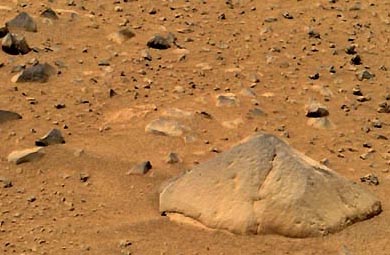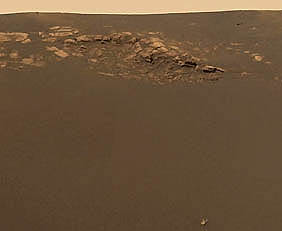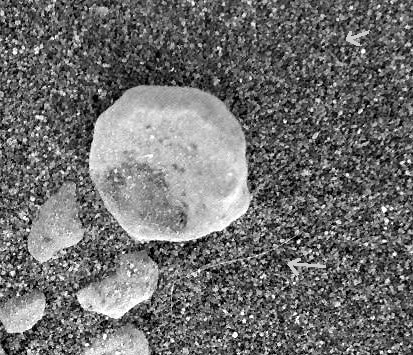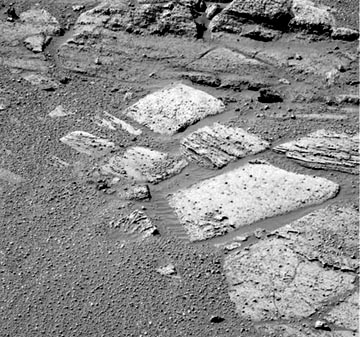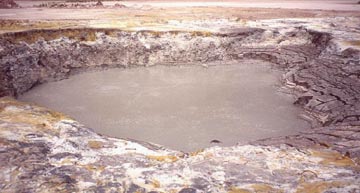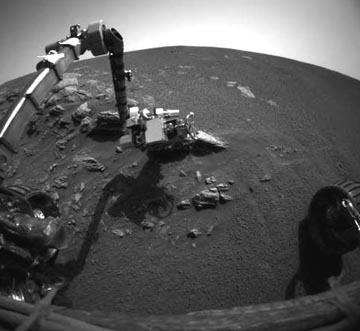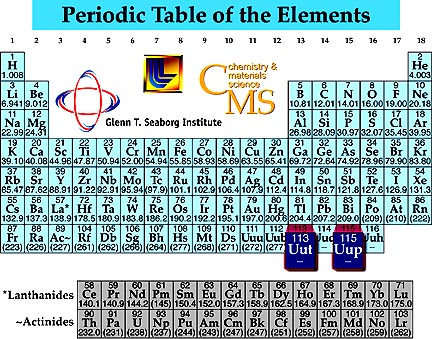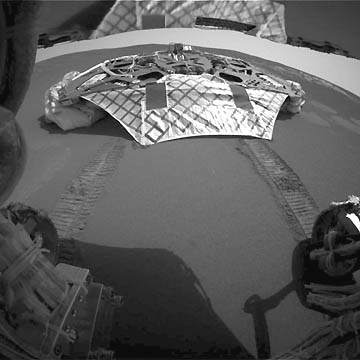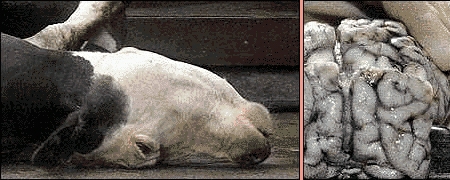
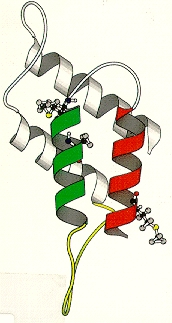
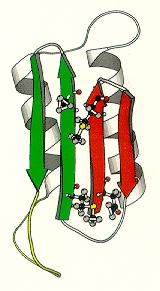
February 19, 2004 San Francisco, California - "Mad cow" disease once thought to be confined to England has spread to other countries the past few years, including most recently herds in Canada and Washington State. And this week came another disturbing discovery: Italian researchers have found a second type of deadly prion disease in cattle that closely resembles the prion proteins that sporadically and spontaneously attack and kill humans in what is called Creutzfeldt-Jakob Disease, or CJD. That means controlling what goes into cattle feed won't stop all mad cow disease - and that there are even more deadly prions in the food chain than anyone knew until now.
Click here to subscribe and get instant access to read this report.
Click here to check your existing subscription status.
Existing members, login below:


